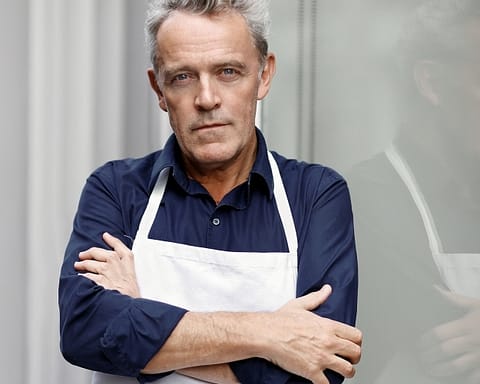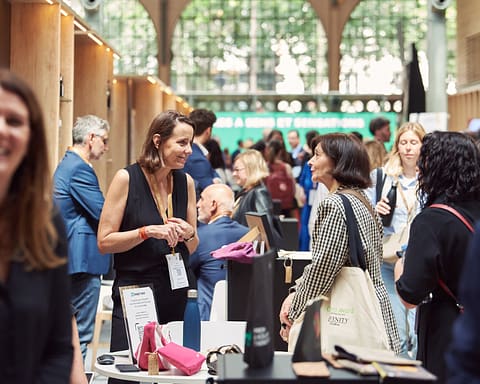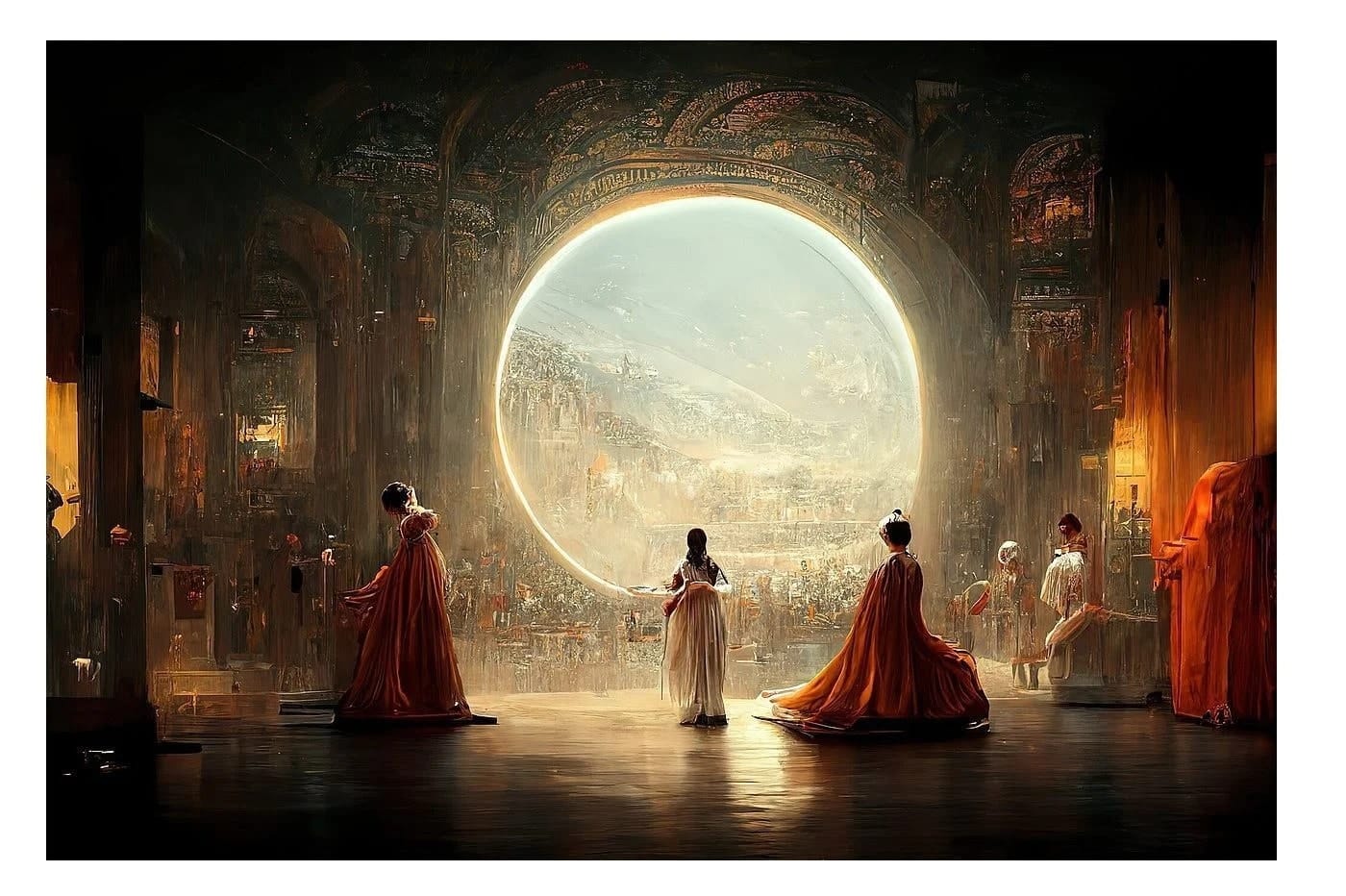[vc_row njt-role=”people-in-the-roles” njt-role-user-roles=”administrator,editor,author,armember”][vc_column][vc_column_text]
As the artificial intelligence (AI) sector takes more and more place in our lives, actions are multiplying to reduce its impact on creation. Artists, lawyers and engineers are joining forces to limit the phenomenon of copying works, which could in the long term replace the work of artists.
The sense of injustice is understandable. In a few seconds, artificial intelligence (AI) generators produce copies of works of art, indistinguishable from those made by humans. These software tools therefore raise new questions. Are they legal? Is this use of AI ethical? But also, what defines a digital image as art? So many questions that remain unanswered today.
“For me, art is a process – it’s not just about the end result”, McKean, a multi-faceted British artist, emphasized in mid-February when asked by the Washington Post about his conception of art and creation.
In January, a group of artists filed a class-action lawsuit against three AI models: Midjourney, Stable Diffusion and DreamUp. These models were trained with billions of images collected on the internet. The unauthorized use of their work without consent, credit or financial compensation is at the heart of the artists’ battle.
Revolted artists
Sarah Andersen, one of the lead plaintiffs, felt “intimately aggrieved” when she saw a drawing generated with her name on it, in the style of her comic “Fangs.” Her reaction was widely shared on Twitter, and other artists contacted her to join her cause. “We hope to set a legal precedent and force AI companies to follow rules”, she says.
Artists want the right to accept or reject the use of their work by an AI model, rather than having to ask for it to be removed, even if it is possible. Some artists are considering a licensing system, but “only if the commissions are enough to live on”, notes Karla Ortiz, another complainant. Ortiz, who has worked for Marvel, among others, refuses “to take pennies while the company makes millions.”
In response to the lawsuits, the companies will use the legal concept of “fair use,” a kind of copyright exception, says lawyer and developer Matthew Butterick. He and the law firm of Joseph Saveri are representing the artists, as well as engineers behind another lawsuit, this one against Microsoft software that generates computer code. While waiting for a distant trial and an uncertain outcome, several branches are mobilizing.
The death of art?
With AI, a replacement phenomenon is emerging and “real” artworks are struggling to find their place.
Artists tell on social networks how they have lost a large part of their contracts. “Art is dead. It’s over. AI has won. Humans have lost”, Jason Allen told the New York Times in September 2022, after submitting a Midjourney-generated image to a competition, and with which he won. Similarly, the Mauritshuis Museum in The Hague is currently exhibiting an AI-generated image for a competition to create works inspired by Vermeer’s “The Girl with the Pearl.” The San Francisco Ballet, meanwhile, caused a stir by using Midjourney for its Nutcracker promotional campaign in December. “It’s easy and cheap, so even institutions don’t hesitate, even if it’s unethical”, says Sarah Andersen.
For Emad Mostaque, the boss of Stability AI (Stable Diffusion), these programs are just simple tools, like Photoshop, that will allow “millions of people to become artists” and “create tons of new creative jobs” he said. For him, “unethical” use or “to do illegal things” is the “problem” of the users, not the technology.
An application against plagiarism
To help artists, a lab at the University of Chicago last week launched a software program that allows users to publish works online by protecting them from AI patterns. The program, called “Glaze,” adds a layer of data to the image, invisible to the naked eye, that “blurs the lines”, summarizes Shawn Shan, the student in charge of the project.
The initiative is met with enthusiasm, but also skepticism. “The onus is going to be on the artists to adopt these techniques”, laments Matthew Butterick. “And it’s going to be a cat-and-mouse game” between the companies and the researchers.
For the lawyer, the victory of AI over humanity will be achieved when people stop creating.
Read also >USA : The American artist Mason Rothschild condemned for NFT of Hermès bags
Featured photo : © Press[/vc_column_text][/vc_column][/vc_row][vc_row njt-role=”not-logged-in”][vc_column][vc_column_text]
As the artificial intelligence (AI) sector takes more and more place in our lives, actions are multiplying to reduce its impact on creation. Artists, lawyers and engineers are joining forces to limit the phenomenon of copying works, which could in the long term replace the work of artists.
The sense of injustice is understandable. In a few seconds, artificial intelligence (AI) generators produce copies of works of art, indistinguishable from those made by humans. These software tools therefore raise new questions. Are they legal? Is this use of AI ethical? But also, what defines a digital image as art? So many questions that remain unanswered today.
“For me, art is a process – it’s not just about the end result”, McKean, a multi-faceted British artist, emphasized in mid-February when asked by the Washington Post about his conception of art and creation.
In January, a group of artists filed a class-action lawsuit against three AI models: Midjourney, Stable Diffusion and DreamUp. These models were trained with billions of images collected on the internet. The unauthorized use of their work without consent, credit or financial compensation is at the heart of the artists’ battle.
Revolted artists
Sarah Andersen, one of the lead plaintiffs, felt “intimately aggrieved” when she saw a drawing generated with her name on it, in the style of her comic “Fangs.” Her reaction was widely shared on Twitter, and other artists contacted her to join her cause. “We hope to set a legal precedent and force AI companies to follow rules”, she says.
Artists want the right to accept or reject the use of their work by an AI model, rather than having to ask for it to be removed, even if it is possible. Some artists are considering a licensing system, but “only if the commissions are enough to live on”, notes Karla Ortiz, another complainant. Ortiz, who has worked for Marvel, among others, refuses “to take pennies while the company makes millions.”
[…][/vc_column_text][vc_cta h2=”This article is reserved for subscribers.” h2_font_container=”tag:h2|font_size:16|text_align:left” h2_use_theme_fonts=”yes” h4=”Subscribe now !” h4_font_container=”tag:h2|font_size:32|text_align:left|line_height:bas” h4_use_theme_fonts=”yes” txt_align=”center” color=”black” add_button=”right” btn_title=”I SUBSCRIBE !” btn_color=”danger” btn_size=”lg” btn_align=”center” use_custom_fonts_h2=”true” use_custom_fonts_h4=”true” btn_button_block=”true” btn_custom_onclick=”true” btn_link=”url:https%3A%2F%2Fluxus-plus.com%2Fen%2Fsubscriptions-and-newsletter-special-offer-valid-until-september-30-2020-2-2%2F”]Get unlimited access to all articles and live a new reading experience, preview contents, exclusive newsletters…
Already have an account ? Please log in.[/vc_cta][vc_column_text]Featured photo : © Press[/vc_column_text][/vc_column][/vc_row][vc_row njt-role=”people-in-the-roles” njt-role-user-roles=”subscriber,customer”][vc_column][vc_column_text]
As the artificial intelligence (AI) sector takes more and more place in our lives, actions are multiplying to reduce its impact on creation. Artists, lawyers and engineers are joining forces to limit the phenomenon of copying works, which could in the long term replace the work of artists.
The sense of injustice is understandable. In a few seconds, artificial intelligence (AI) generators produce copies of works of art, indistinguishable from those made by humans. These software tools therefore raise new questions. Are they legal? Is this use of AI ethical? But also, what defines a digital image as art? So many questions that remain unanswered today.
“For me, art is a process – it’s not just about the end result”, McKean, a multi-faceted British artist, emphasized in mid-February when asked by the Washington Post about his conception of art and creation.
In January, a group of artists filed a class-action lawsuit against three AI models: Midjourney, Stable Diffusion and DreamUp. These models were trained with billions of images collected on the internet. The unauthorized use of their work without consent, credit or financial compensation is at the heart of the artists’ battle.
Revolted artists
Sarah Andersen, one of the lead plaintiffs, felt “intimately aggrieved” when she saw a drawing generated with her name on it, in the style of her comic “Fangs.” Her reaction was widely shared on Twitter, and other artists contacted her to join her cause. “We hope to set a legal precedent and force AI companies to follow rules”, she says.
Artists want the right to accept or reject the use of their work by an AI model, rather than having to ask for it to be removed, even if it is possible. Some artists are considering a licensing system, but “only if the commissions are enough to live on”, notes Karla Ortiz, another complainant. Ortiz, who has worked for Marvel, among others, refuses “to take pennies while the company makes millions.”
[…][/vc_column_text][vc_cta h2=”This article is reserved for subscribers.” h2_font_container=”tag:h2|font_size:16|text_align:left” h2_use_theme_fonts=”yes” h4=”Subscribe now !” h4_font_container=”tag:h2|font_size:32|text_align:left|line_height:bas” h4_use_theme_fonts=”yes” txt_align=”center” color=”black” add_button=”right” btn_title=”I SUBSCRIBE !” btn_color=”danger” btn_size=”lg” btn_align=”center” use_custom_fonts_h2=”true” use_custom_fonts_h4=”true” btn_button_block=”true” btn_custom_onclick=”true” btn_link=”url:https%3A%2F%2Fluxus-plus.com%2Fen%2Fsubscriptions-and-newsletter-special-offer-valid-until-september-30-2020-2-2%2F”]Get unlimited access to all articles and live a new reading experience, preview contents, exclusive newsletters…
Already have an account ? Please log in.[/vc_cta][vc_column_text]Featured photo : © Press[/vc_column_text][/vc_column][/vc_row][vc_row njt-role=”people-in-the-roles” njt-role-user-roles=”subscriber,customer”][vc_column][vc_column_text]































